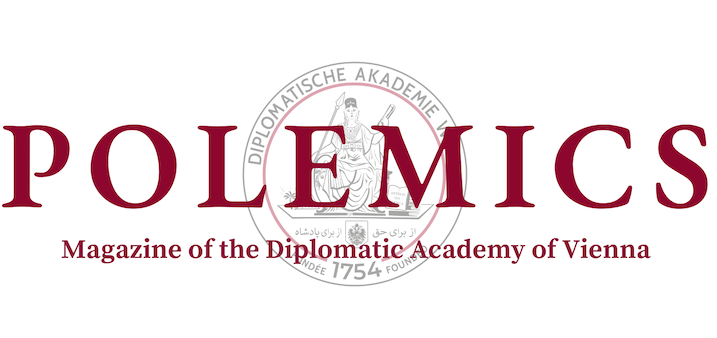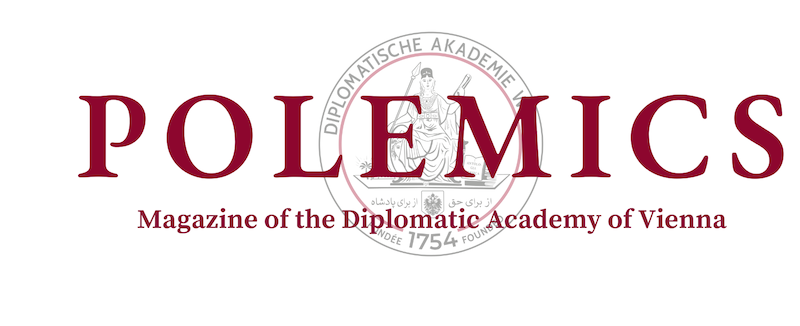Rwanda, December 1993. Radio-Television Libre des Mille Collines (RTLM) goes live. Despite the weak signal and the constant crackling, some of the words make their way through: “Get rid of all the cockroaches… éliminez-les!” A few months later, nearly a million people were massacred; women, children, elderly included. What the world would remember as the Rwandan genocide was one of the most gruesome events in human history. Earlier this year, Ethiopian prime minister Abiy Ahmed went on Twitter to incite his followers to “single out the weeds in order to preserve the wheat.” Similar words, different medium. By “singling out the weeds,” the Nobel Peace laureate was referring to members of the Tigrayan People’s Liberation Front. Despite representing only a small fraction of the Ethiopian population, the TPLF had ruled the country for three decades until Abiy’s ascent to power in 2018. Since November 2020, they have violently resisted his call for centralization and are currently advancing halfway through the country. Hate speech and ethnic violence have reached unprecedented levels. What went wrong? How could the highly acclaimed leader who was supposed to reform his country destroy all hopes and let the country stumble into a spiral of violence?
Africa’s new leader
Aby’s fulminant rise to power in 2018 was praised by African and Western leaders as the change Ethiopia needed and deserved. He promised to launch reforms aimed at attracting desperately needed foreign currencies and quelling ethnic tensions. Decades of economic isolation had deprived over 100 million Ethiopians of any significant economic growth. In addition, as communitarian tensions were rising, so were scholars predicting a Balkanisation of the Ethiopian federation. In particular, the ethnic Oromo majority was revolting and increasingly raising their voice against socio-economic marginalisation and land theft. In order to calm the rising anger, Hailemariam Desalegn, leader of the TPLF, stepped down and Abiy Ahmed, an ethnic Oromo, assumed leadership of the ruling coalition. During his early days, critics feared Abiy would be more of a TPLF puppet and continue the draconian rule of law that had preceded his takeover. They were wrong. Shortly after entering office, he released thousands of political prisoners, liberalized the media landscape, appointed women as half of his cabinet, and announced peace talks with neighboring Eritrea. This change in tone pleased many, but not all. The army, which was still largely dominated by TPLF commanders, did not trust the reformist agenda of the newly appointed prime minister. However, for the moment, they kept quiet. Abiy continued. For a long time, Ethiopia had pursued a state- oriented, socialist development model. This proved fruitful in certain domains such as aviation, where Ethiopia managed to establish the continent’s largest and most profitable airline. However, in other domains, such as telecommunication, the absence of any concurrence did not only translate into relatively high consumer prices but also absolute state surveillance. Western nations and even China hastily welcomed Ethiopia, the formerly Marxist, famine-ridden country finally adhering to neoliberalism. The abundance of water and fertile land, extremely low wages, tax exemptions, and the virtual absence of any environmental regulations contributed to an excellent climate for foreign investors. Despite sporadic communitarian violence, a considerable number of Western and Asian companies relocated some of their production to the landlocked country. China began refurbishing a train route to Djibouti, Ethiopia’s door to the outside world. When Abiy ended the 30-year-long cold war with neighboring Eritrea, an event which earned him the Nobel Peace Prize, everything seemed perfect. He was hailed as the face of a new Africa: young, innovative, reformist.
Cleaning the weeds
Two years later, Abiy tweets that he is willing to join the front line in order to push back quickly advancing TPLF troops. Online, videos circulate in which he can be seen wandering around a dusty steppe surrounded by soldiers in camouflage. Whether he joined the war front remains open for debate; however, his call to support the war front was effective. Thousands of Ethiopians left school, their families, or their businesses to defend the nation against an alleged US-orchestrated imperial attack. Abiy traced the TPLF’s initial success onto American support. Although this has not been proven to this day, the hashtag #Ethiopiaprevails began trending online.
In less than 3 years, Abiy not only changed his rhetoric but also his actions. In order to quell ethnic separatism and attain national unity, Abiy attempted to centralize power under a new party coalition, the Prosperity Party. However, by doing this, he deliberately upset the federation’s delicate balance of power, which the former leaders, the TPLF, did not appreciate. While it is still uncertain who started with the hostilities, it is clear that Abiy was convinced that it would not take long to crush the TPLF and “clean the weeds out of the wheat.” Yet, Russian fighter jets, Eritrean troops, and Chinese drones can do little if a concerted strategy is missing. Following the government’s aerial bombing campaign in Tigray, the TPLF fled to the mountains where they regrouped. After a few months, they staged their counterattack. Without any aerial support, they battled their way through the mountains and imprisoned thousands of government troops until they reached the outskirts of Addis. On November 2nd, Abiy declared a state of emergency and rallied citizens to take up arms and defend the city. Since then, the conflict has not only changed in proportion but also in nature. What initially could be described as a conventional war between two armed forces has shifted to an all-out civil war. Armed militias roam the countryside, rape women, and annihilate entire villages. Sudanese media regularly report dead bodies being washed up on their shores further downstream. The Ethiopian government has virtually cut off the northern part of the country, leaving millions of people at risk of famine.
#SpreadHate
Today, Amharas slit Tigrayan throats. Tigrayans take revenge on Afaris. Oromos accuse each other of illegal land-grabbing while Amharas kill other Amharas for allegedly collaborating with Tigrayans. Government troops are wandering door to door to round up ethnic Tigrayans before sending them to internment camps. TPLF troops wipe out entire villages on their retreat. It is not the first time that Ethiopia has descended into the horrors of civil war. However, this time, the conflict is being driven not only by claims to power but also by social media. A single tweet that accuses a neighboring villager of collaborating with the opposing force can ignite a large-scale massacre. Fake information and manipulated videos circulate online. Most disturbingly, these posts and videos are primarily distributed by members the Ethiopian diaspora, who do not have to endure the horrors of the war.
This is one of the major impacts of social media: since people can create and distribute content remotely, everyone can share, everyone can listen, and everyone can become radicalized independently of their geographical location. Jawar Mohammed is one of them. A Stanford University graduate, he ran a media network from Minnesota where he rallied for funds among the American-based diaspora and broadcasted his criticism of the regime. Aware of the power of the majority, he successfully politicized the marginalisation of the Oromo, leading to uprisings throughout Oromia which led to Abyi’s rise to power back in 2018. Today, Jawar is imprisoned. Upon his return to Ethiopia, he opposed Abyi’s reforms – at the expense of his freedom. But he is not the only one. Twitter, Facebook, Telegram; they all have become platforms to exchange hatred and to engage in ethnic radicalism. As a result, Twitter briefly deactivated their “Trends” section for Ethiopia, and Facebook censored certain posts related to the conflict. However, in general, extremely little has been done. The primary reason is undoubtedly the sheer mass of information being shared and the fact that few content moderators are able to read Ethiopian languages. But most importantly, a lack of willingness to take responsibility as well as a lack of pressure from the international community allow the spread of more hate-inciting content.
It is not the first time that both traditional and social media have exacerbated ethnic tensions. Ethiopia is just the latest victim. If current trends – #AbiyMustGo, #AtrocitiesByTPLF, #AksumMassacre – continue, the country could experience a Rwanda-like moment. For now, the outcome of the crisis remains unclear. What is clear, however, is that Abiy and social media have failed to preserve peace in Ethiopia. How many more massacres must happen until action is taken? #Genocide
Written by Nesnahu; Edited by Jason Kancylarz; Photo Credit to Nesnahu.









